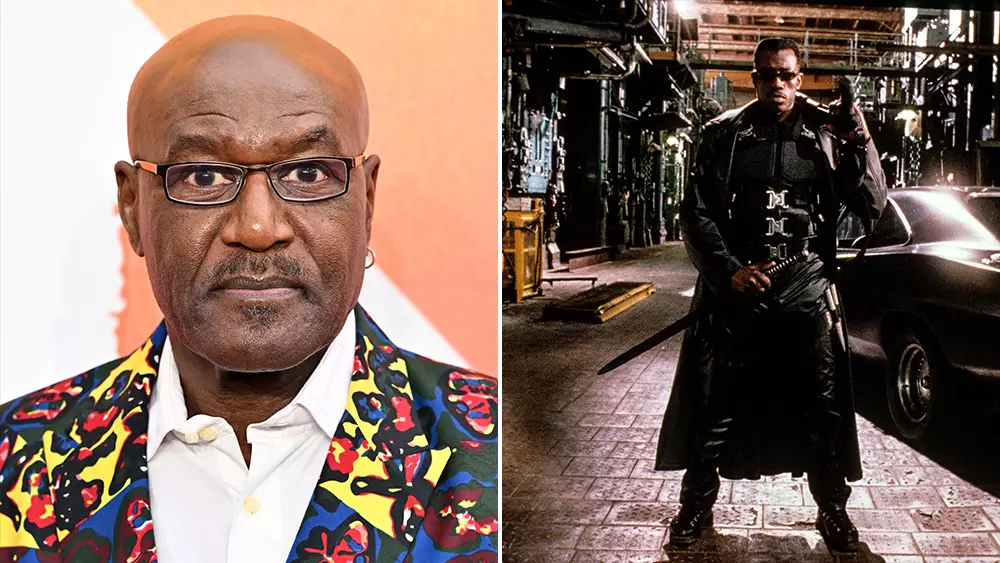When the news broke that Mahershala Ali would be stepping into the role of Blade, anticipation surged through the film community. This was not just another superhero casting; it represented a significant cultural milestone in the reboot of a franchise that had largely influenced the modern landscape of comic book adaptations. Delroy Lindo’s involvement further heightened expectations, as the veteran actor seemed poised to contribute depth and nuance to a character that had so much potential. His comments, made during promotional rounds for Ryan Coogler’s film *Sinners*, highlight the initial enthusiasm surrounding the project—a theory of inclusivity and rich storytelling that promised a fresh take on the vampire slayer.
Creative Chaos: The Heart of the Matter
However, delight turned to disarray as Lindo reflected on the development process, revealing that his initial excitement had diminished significantly. Perhaps the most concerning aspect is the phrase “went off the rails,” suggesting a deep-seated dysfunction within Marvel’s production teams. Given Lindo’s description of early collaborative conversations that embraced diversity and character depth, the sudden shift points to severe creative discord. This turmoil is not new for Marvel; delays have become a hallmark of the studio’s trajectory, riddled with obstacles from the pandemic to ongoing industry strikes. Yet, it’s troubling when a project that held considerable promise disintegrates due to creative differences—an undermining factor that calls the studio’s adaptability and vision into question.
Delayed Dreams and Departures
The Blade reboot hasn’t just faced creative roadblocks; it has seen key departures that threaten to destabilize its foundation. Initially set to be guided by directors Bassam Tariq and Yann Demange, the rotation of talent signifies a worrying trend within Marvel’s flagship projects. Filmmaking is an inherently collaborative endeavor, and losing visionaries mid-project inevitably leads to inconsistencies. Where there should be a coherent narrative arc driving toward audience engagement, there is now a muddled landscape filled with numerous contradictions and missed opportunities. Lindo’s ability to portray a character inspired by Marcus Garvey—a figure epitomizing leadership within the Black community—could have opened doors for storytelling rich in cultural relevance. Instead, the unraveling of this project serves as an unfortunate reminder that not all dreams can translate to screens.
The Future of Blade and Marvel’s Direction
In the midst of creative turmoil, Marvel’s Kevin Feige has publicly reiterated his commitment to Ali’s interpretation of Blade, suggesting that there remains a flicker of hope. However, such claims risk sounding hollow in the face of mounting delays and setbacks. As audiences eagerly await clarity on the direction of the project, the broader implications of this turmoil affect not only Blade but also Marvel’s reputation. Each misstep alters consumer trust and sets a precedent for how the studio is perceived moving forward. With Lindo’s authentic reflections, we are left to ponder not just the fate of Blade, but the audacity of storytelling within the cinematic universe—a reminder that while ambition is crucial, execution ultimately determines legacy.

